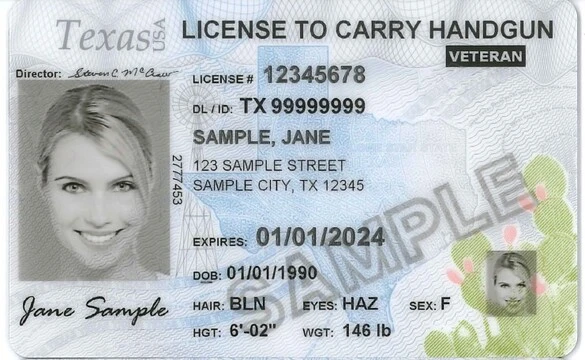Dry firing, the act of pulling the trigger on an unloaded firearm, is a widely debated practice among gun owners. This comprehensive guide will explore the concept of dry firing, its benefits, potential risks, and best practices to ensure you get the most out of your dry-fire training without damaging your firearm.
What is Dry Fire?
Dry firing is the practice of simulating the firing of a gun without live ammunition. When you pull the trigger, the hammer or striker falls on an empty chamber, producing a click instead of a bang. This technique allows shooters to practice and refine their skills without the need for live ammo.
Benefits of Dry Fire
- Cost-Effective Training: Dry firing eliminates the need for ammunition, making it a budget-friendly way to practice.
- Skill Development: It helps improve trigger control, sight alignment, and overall shooting technique.
- Muscle Memory: Regular dry-fire practice enhances muscle memory, making movements more instinctive and precise.
- Convenience: You can practice dry firing at home, saving time and effort compared to going to a shooting range.
Potential Risks of Dry Firing
- Firing Pin Damage: Repeated dry firing can cause wear and tear on the firing pin, especially in older firearms and rimfire guns.
- Striker Damage: In some firearms, the striker may strike parts of the gun not designed to withstand such impact, leading to potential damage.
Is Dry Firing Safe for Your Firearm?
Centerfire vs. Rimfire Guns
- Centerfire Guns: Generally safe to dry fire, as modern centerfire firearms are designed to withstand the impact of dry firing. However, excessive dry firing without precautions can still cause wear.
- Rimfire Guns: Not recommended for dry firing. The firing pin can strike the edge of the chamber, potentially causing damage.
Manufacturer Guidelines
- Glock: According to Glock, dry firing their handguns is generally safe. However, they recommend using snap caps for extended dry-fire practice to protect the firing pin.
- Sig Sauer and Others: Many modern firearms manufacturers state that dry firing is safe but advise using snap caps for prolonged practice.
Best Practices for Dry Firing
- Use Snap Caps: These dummy rounds cushion the firing pin's impact, preventing damage.
- Regular Maintenance: Inspect your firearm regularly to ensure no damage has occurred.
- Follow a Safe Dry-Fire Ritual:
- Unload your gun completely.
- Remove all live ammunition from the room.
- Choose a safe backstop.
- Set up a target.
- Double-check that the gun is unloaded before each session.
Dry Fire Safety Tips
- No Interruptions: Ensure you are not disturbed during dry-fire practice.
- Mental Shift: Clearly state that you are practicing to avoid confusion.
- Unload and Check: Always confirm your gun is unloaded before starting.
- Safe Backstop: Use a backstop that can safely stop a bullet in case of accidental discharge.
- Limited Practice Time: Limit sessions to 10-15 minutes to maintain focus.
Conclusion
Dry firing is a valuable practice for improving shooting skills and firearm handling. While it is generally safe for most modern centerfire firearms, precautions such as using snap caps and following a safe dry-fire ritual are essential. By understanding the benefits and potential risks, you can make the most of your dry-fire training sessions.



